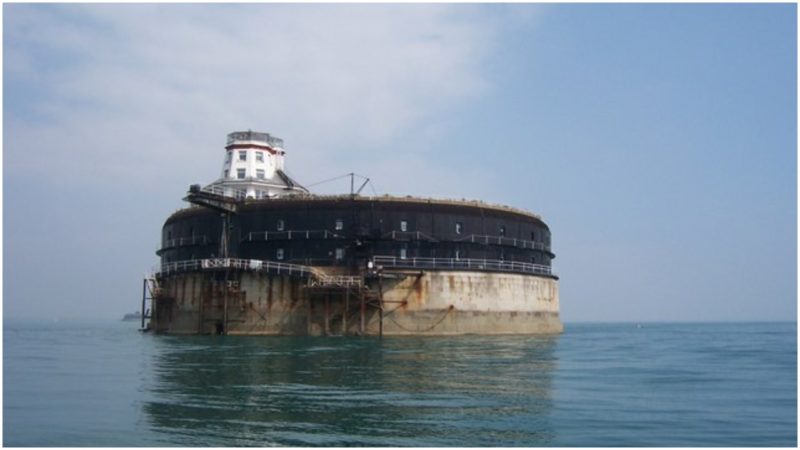Palmerston Forts is a collective name for a series of sea forts built along the coastline of Britain during the Victorian era.
The construction of these forts came as the result of a recommendation from the 1860 Royal Commission on the Defence of the United Kingdom. Their name comes from Lord Palmerston, the prime minister at the time, who promoted the idea of having forts to defend the island nation from invasion by sea.
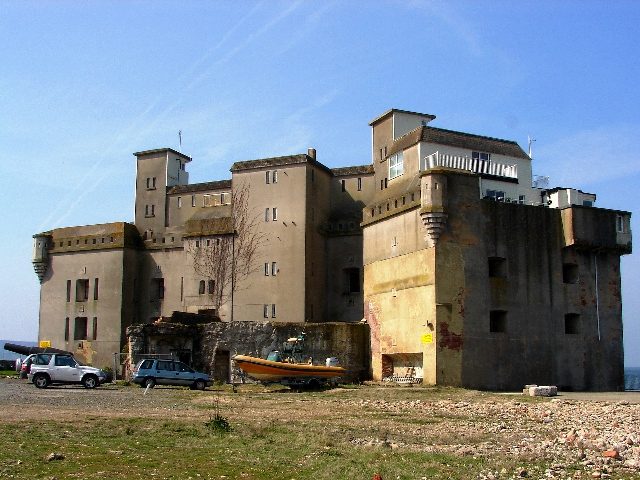

A major reason to build these mammoth fortifications was to replace the sixty-year-old, outdated circular towers along the Sussex, Kent, and Suffolk coast for the protection of London.
The new buildings were built to defend a number of key areas of the British, Irish, and Channel Islands’ coastline, particularly the areas around military bases. Other reasons were concerns about the growing strength of the French Navy and the threat of invasion from Louis Napoleon III.
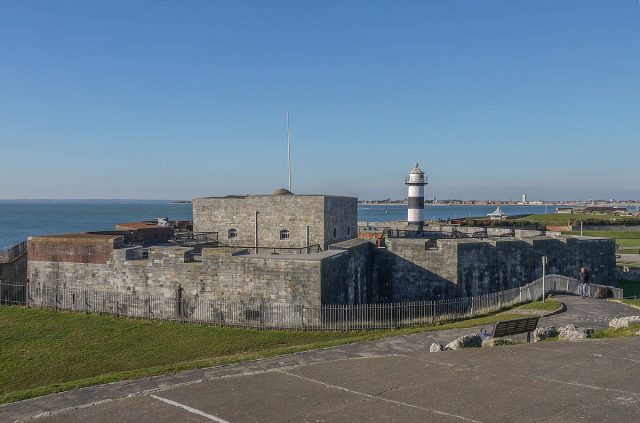
They became known among the public as Palmerston Follies, partly because the first ones built around Portsmouth faced inland to protect Portsmouth from a land attack. This gave the impression that they faced the wrong way and thus were useless for defending from a sea-based attack.
Their military value was also questioned and they were highly criticized because by the time the forts were completed, their guns were outdated and any potential military threat had passed with the end of the Franco-Prussian war in 1870. The forts are the reason that one definition of the English word folly is “a costly ornamental building with no practical purpose, especially a tower or mock-Gothic ruin built in a large garden or park.”
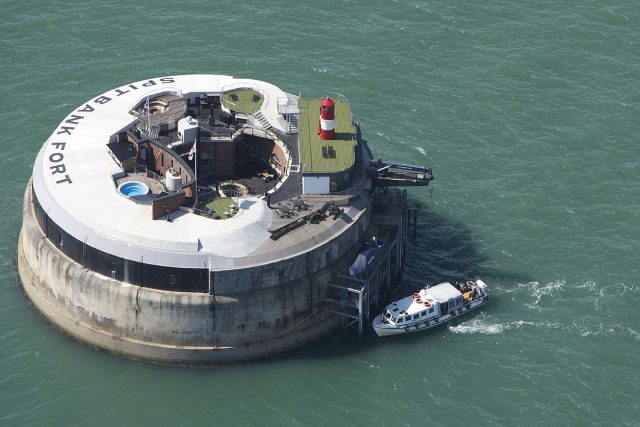
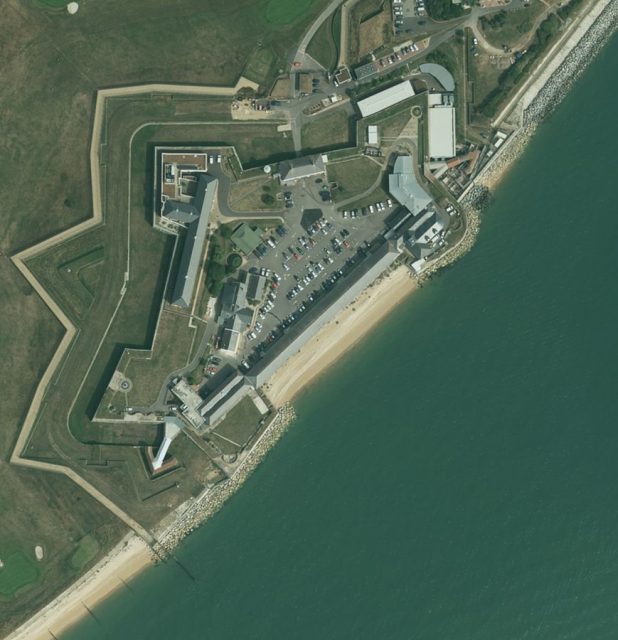
Today, some of these fort-islands have been converted into luxury spa hotel resorts with indoor pools. Prices are very high due to the privacy the resorts offer and the uniqueness of the whole situation. St. Helen’s Fort has become a popular site for weekend barbecues and gatherings. Horse Sand Fort, although bought by the same owner that made hotels out of Spitbank Fort and No Man’s Land Fort, is to be converted into a museum.
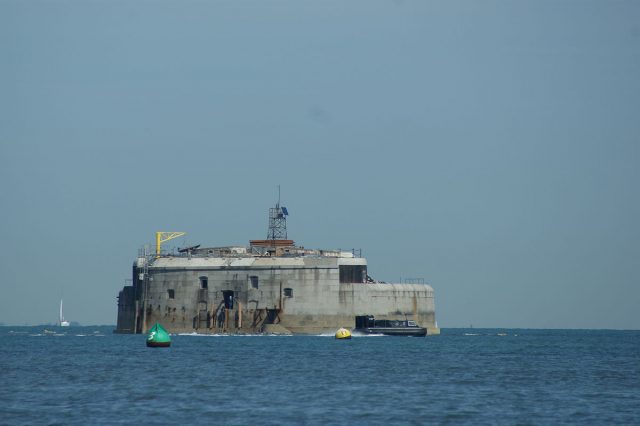
To this day, the Palmerston Forts remain the single most expensive military project Britain has undertaken during peacetime.
